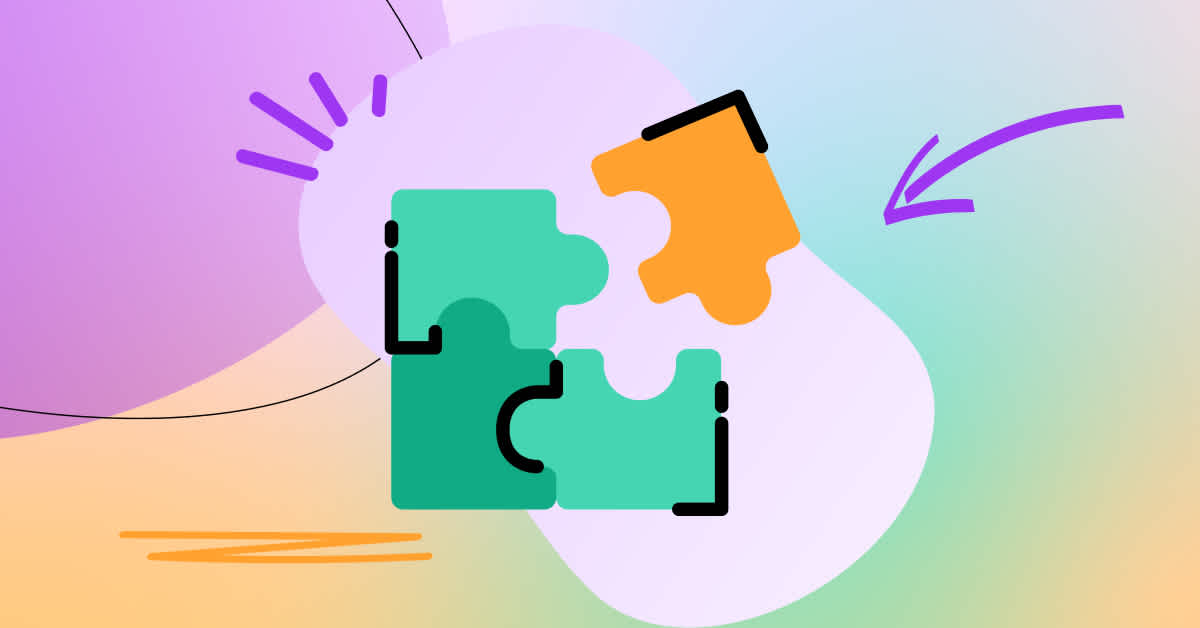At Fullstory, we've elevated three key concepts—Empathy, Clarity, and Bionics—that we believe form the right basis for interacting with customers and each other. We call these concepts our watchwords.
Unlike traditional "corporate value statements" that are too easily forgotten or ignored, our watchwords are meant to be easy to grok so that we can truly put them into practice. And it works! People at Fullstory do pay attention to how our day-to-day choices reflect (or fail to reflect) our watchwords. These words are mentioned far more than you might expect around the office, in meetings, documents, presentations, blog posts (e.g., here, here, and here), and, perhaps most meaningfully, in casual conversation.
We wanted to share our watchwords publicly so that customers and future colleagues can get a sense for how we think and what we value.
1. Empathy
Care to understand how others feel
Talking about empathy might sound touchy-feely, but empathy has supremely practical benefits. Caring to understand how others feel keeps one’s mind open to valuable information and viewpoints that don't originate inside one’s own head, which can lead to better decisions. And trust skyrockets when people feel genuinely heard and respected, making even difficult situations in the future warm and constructive. So, when it comes to how we work with colleagues at Fullstory, while we may disagree on some topic—in fact, it's crucial to feel empowered to disagree—empathy reminds us that winning an argument is NOT the same as getting durable buy-in from others.
Does all this “empathy” stuff mean we think we’re, like, super-nice all the time or something? For example, do we think “the customer is always right?” Not necessarily, but there’s no denying that the customer is the sole authority on how they feel about a situation. A habit of empathy reminds us not to assume that we properly understand a customer’s request (or question, or complaint) unless we have first made an effort to view the problem from their perspective.
2. Clarity
Few problems can survive their thorough description
Without clear communication, staying aligned while solving hard problems is next to impossible. Think of the effort your team goes through to kick off a major undertaking. You’ve organized a call to discuss the deliverables and timeline, but what if the meeting ends and everyone is still fuzzy on the details? If the project is scheduled to last weeks or months, isn't it worth taking another 10 minutes—or even much longer—to be absolutely sure everyone is crystal clear on the goals, scope, trade-offs, and fail-fast signals? The consequences of being misaligned compound quickly, and, especially if you intend (as we do) to empower individual contributors and avoid heavy-handed management, there’s really no alternative to being well-aligned...the only variable is how skilled your organization is at achieving the requisite clarity.
That's also why we write internal documents and presentations for any non-trivial topic. The mere act of writing information down helps clarify it to everyone, including and especially the author. Creating a document also saves time down the road by avoiding the need to explain the topic repeatedly. In fact, we use writing to operationalize clarity in both The Suck Less Cycle (writing down our tenets of “dogma”) and Prove Its.
Clarity helps in other ways, too. The very act of describing a problem can often reveal its solution. For example, Fullstory engineers make a habit of “talking to the fern”—the fern, as it were, is another engineer who mostly listens, smiles, and nods—to explain the symptoms of a tricky bug in excruciating detail. By the time they’ve finished fully putting the problem into words, the cause of the bug becomes obvious.
3. Bionics
The human touch at superhuman scale
"Is it bionic?" If you were to visit the Fullstory offices, that's one of the questions you would hear most frequently. What we're asking is whether it's possible to scale up an idea or innovation without scaling down the human element. As we build technology, can we design it to benefit the largest number of people without losing the essence of what makes high-touch, one-on-one interactions meaningful? Bionics is not a synonym for mere automation. Bionics reminds us to identify what makes a process great for people, and then apply mechanical leverage to that. Scale something worth scaling.
A simple example of bionics is making a bigger-than-normal investment in the design of a great self-service help portal to ensure customers can find the answers they need without filing a support ticket—and regardless of their time zone or whether your support team is asleep. In the spirit of bionics, you could increase the human touch even more by localizing the content and design to the reader’s region. The payoff: for every support ticket you don’t have to spend time answering thanks to your extraordinary help portal, you have more time to do something else instead. Your support agents are happier, having avoided “the death by a thousand cuts,” and your customers feel more empowered. (Our support team spends 60% of their time in the support queue and 40% on projects, including ways to make Fullstory more bionic.)
For more ideas on bionics, read this recent post from Jaclyn.
Our Watchwords Help Us Operationalize Our Values
The concepts of Empathy, Clarity, and Bionics are meant to be disarmingly simple and trivial to remember. They spring to mind easily and frequently, so that without really trying, they become habits. We hope these habits shape for the better how we treat each other inside of Fullstory and how we create an unusually positive experience for our customers in interactions and (bionically!) through the Fullstory platform itself.







